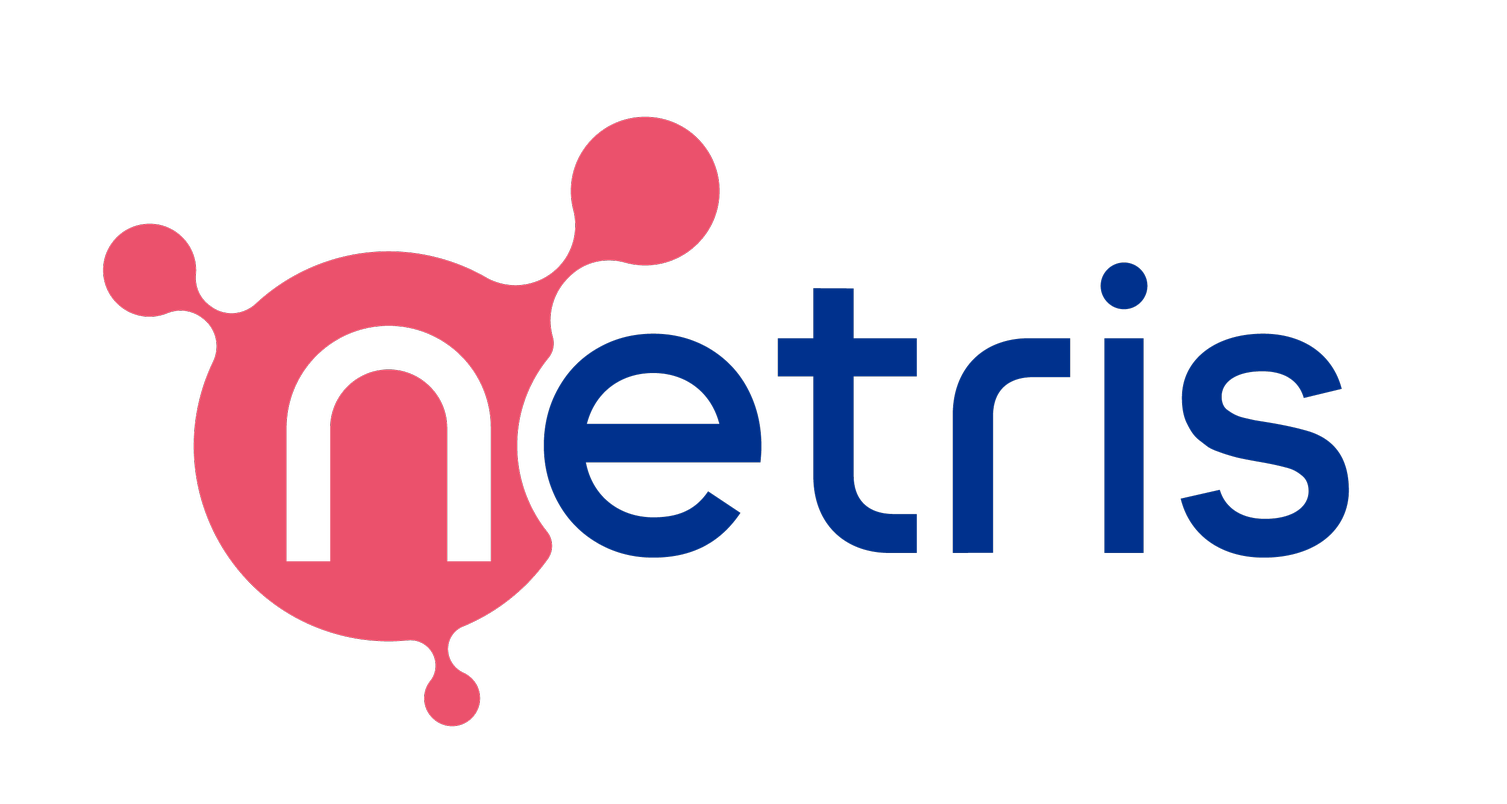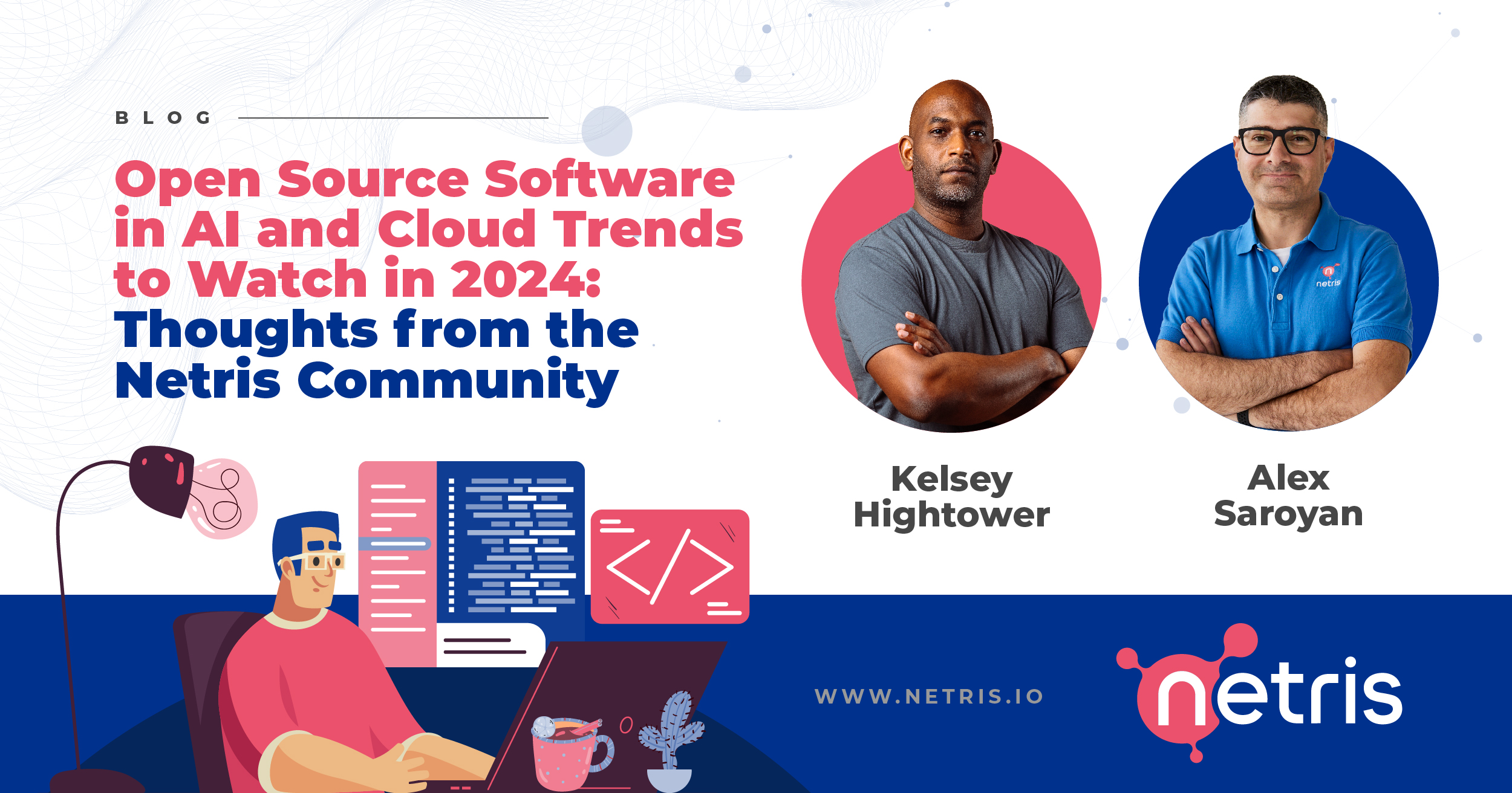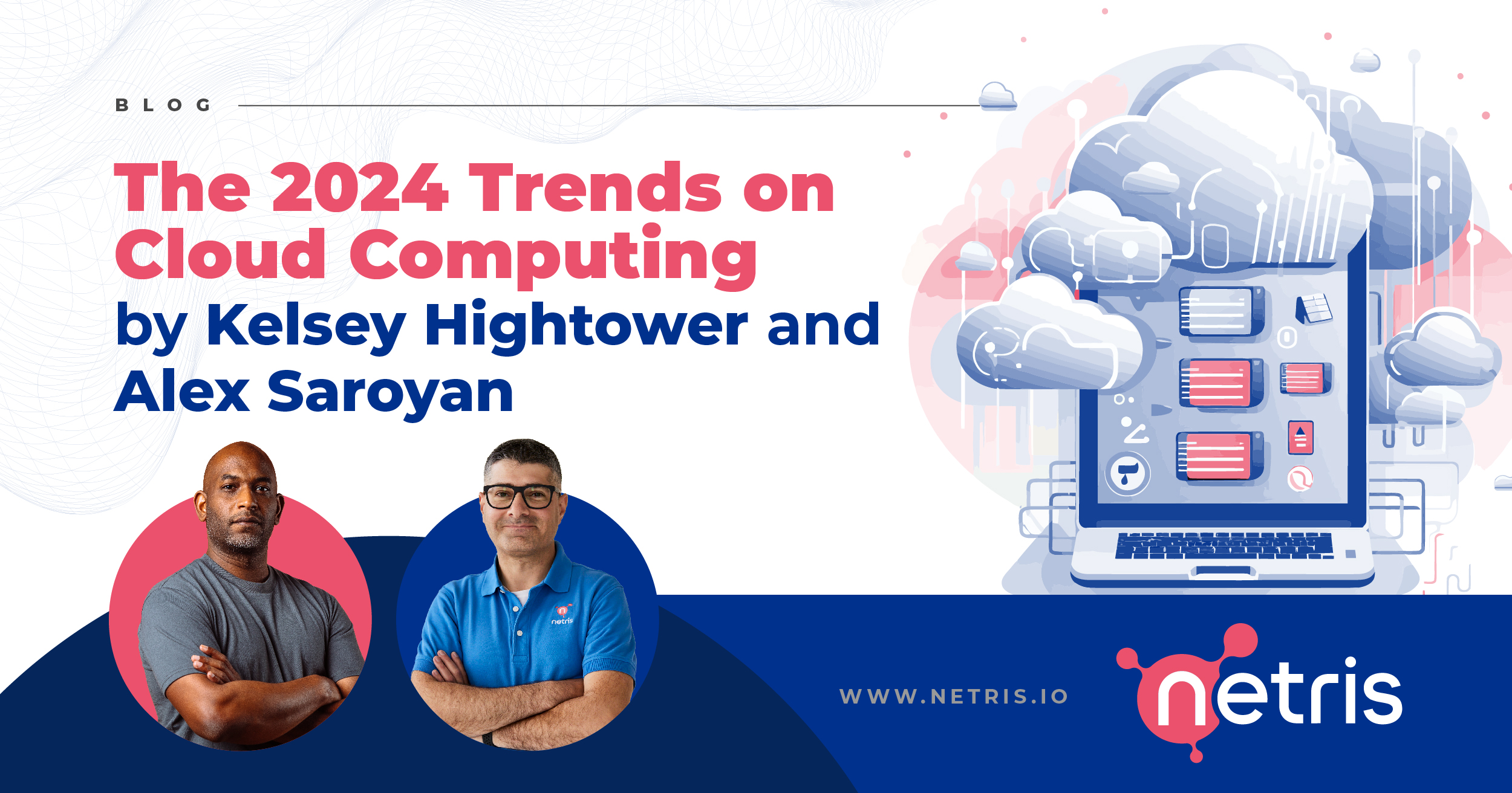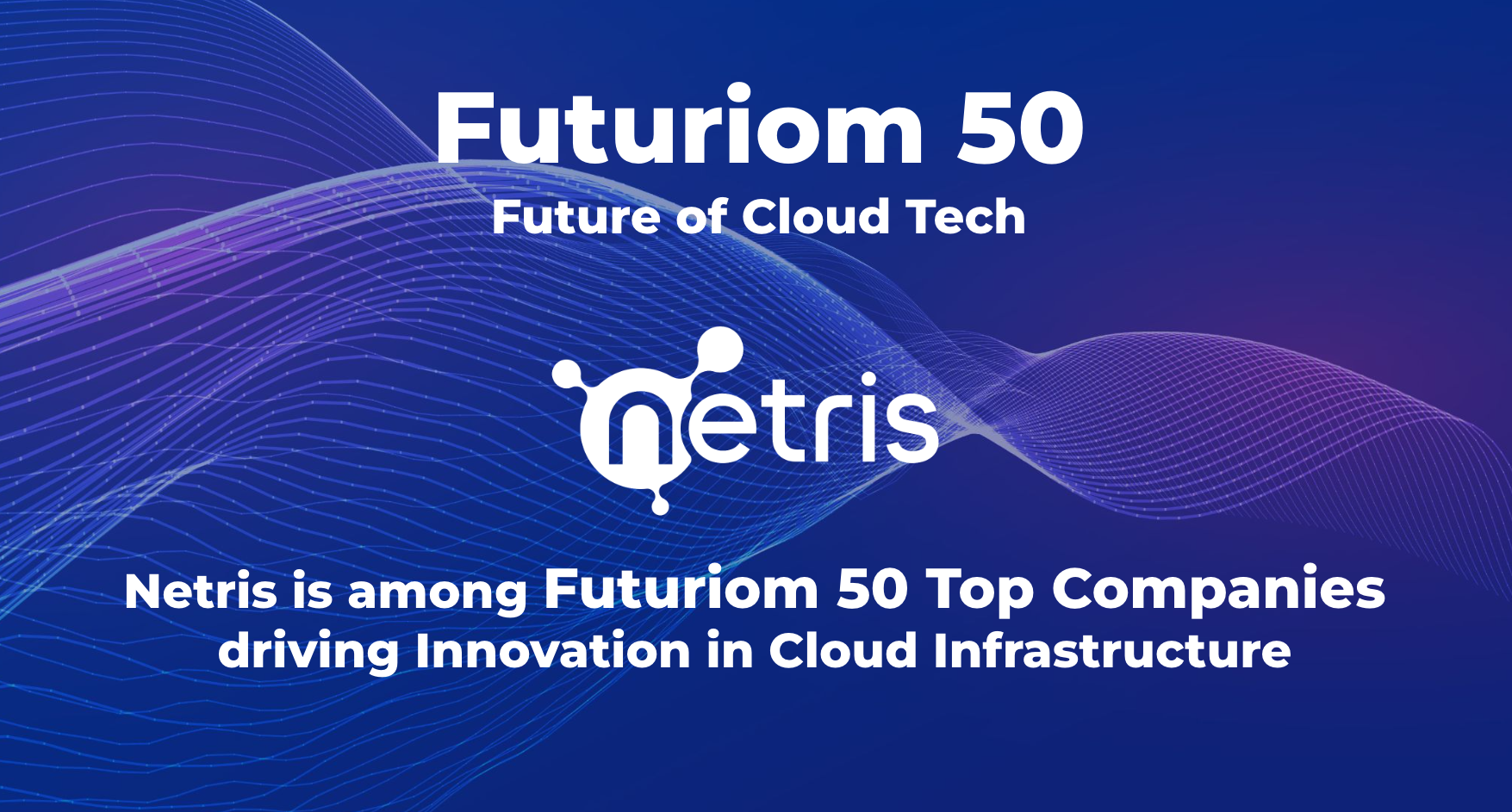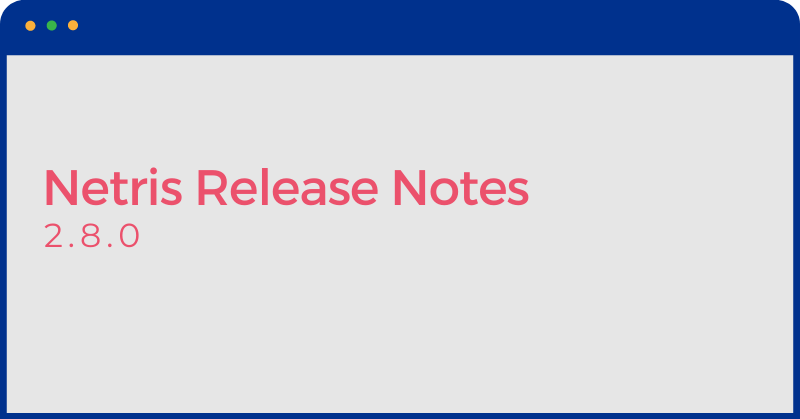
Netris Release 2.8.0
Release Date: 13 May 2020
What’s new in this Netris Release?
- Updated GRPC based agent/controller API with encrypted data exchange.
- We have rebuilt ground up our configuration parser library.
- Cumulus, SwitchDev, SW-router agents refactored from scratch using GoLang, new GRPC API, and new parser library.
- Northbound BGP, external BGP templates are entirely updated.
- New Object-oriented E-BGP control policies. We now include objects: Route-maps, communities, as-path, prefix-lists.
- VLAN aware bridge mode for V-NET(formerly known as a circuit). VLAN aware mode can be used simultaneously with a standard mode on the SwitchDev platform, but NOT on the Cumulus platform.
- LAG support for the hairpin link. Removal of the hairpin requirement for SwitchDev platform.
- Support of SwitchDev platform in both leaf and spine switch roles. Using the SVI interface, so no need for a hairpin anymore.
- Improved frontend with better UX, now represented as a SPA (Single Page Application)
- Improvements to the visibility system include automatic monitoring of critical system services and processes for Cumulus, SwitchDev, and NFV platforms.
- Improved performance for the anycast Load Balancing checks, these are now written in GoLang.
- API documentation included in the GUI.
Netris Bug Fixes
- E-BGP peer migration between termination points was causing problems.
- Anycast Load balancer health checks were causing performance issues when applying multiple health checks on the single switch.
- Problems with permissions to assign IP address to an ROH instance for LDAP authorized users.
- Misconfiguration caused by unstable connectivity between agent and controller.
- Link visualization issues in the topology view.

